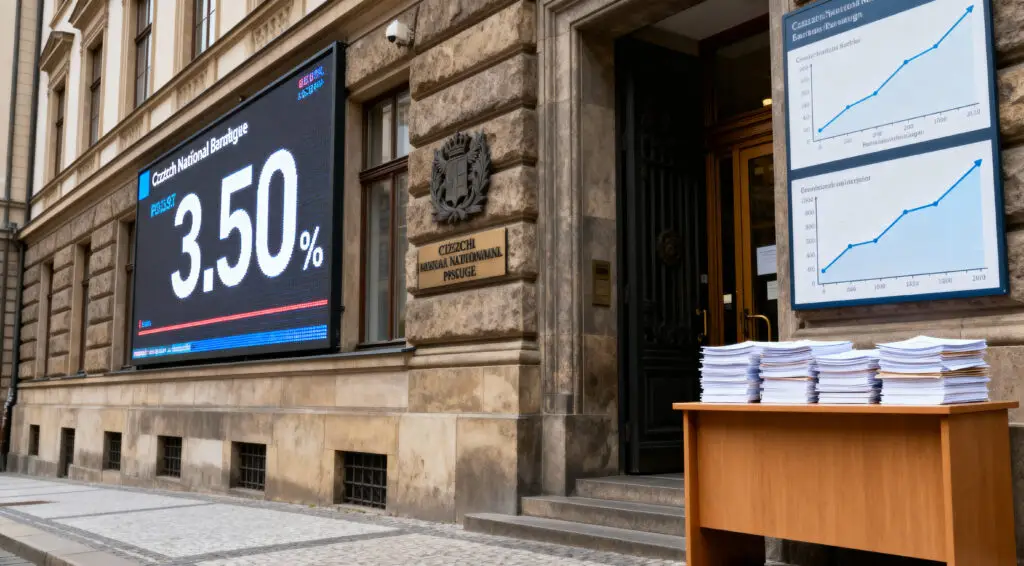AI Hackathon Addresses Data Centre Energy Challenges
The National Renewable Energy Laboratory (NREL) and Google recently joined forces to host a groundbreaking artificial intelligence hackathon. This collaborative event brought together leading researchers from nine U.S. Department of Energy (DOE) national laboratories with the primary goal of exploring and leveraging Google’s cutting-edge generative AI and large language model tools.
The focus was on tackling a diverse array of critical challenges related to energy limitations that currently face U.S. data centres. Overcoming these challenges is paramount for enabling the necessary scaling of future technologies while simultaneously ensuring both energy reliability and affordability across the nation. This initiative underscores the growing recognition of AI’s potential to provide innovative solutions to complex energy problems, particularly as data centre energy demand continues to surge.
The Genesis of a Collaborative AI Initiative
The original concept for this impactful hackathon emerged from a series of strategic discussions between Google’s public sector team and NREL’s computational science team. Ray Grout, director of the computational science centre at NREL, explained the shared interest: “Both groups were interested in exposing scientists to some of the latest and greatest AI models to test out what they’re really capable of, but both groups also wanted a targeted application.”
He further noted that “Exploring data centre energy challenges was a natural fit given the growing demand of energy for AI and the interest in the topic for the labs and Google.” This collaborative spirit aimed to bridge the gap between advanced AI development and real-world scientific and engineering problems, ensuring that the application of AI tools was both innovative and directly relevant to pressing energy concerns.
Engaging Top Minds in AI Experimentation
Approximately 50 leading experts, including six computational and data scientists from NREL, actively participated in the intensive two-day event. Held on June 17–18 in Washington, D.C., the hackathon provided a unique and hands-on platform for participants to directly engage with Google’s formidable AI tools, notably Gemini. Researchers engaged in practical experimentation, applying cutting-edge AI capabilities to a diverse range of real-world problems.
These challenges spanned critical areas such as geospatial analytics, complex energy systems, data centre optimisation, and advanced digital-twin development. The hackathon’s immersive environment fostered direct interaction with Google’s AI models, allowing scientists to explore their applicability to a wide spectrum of scientific and engineering problems, pushing the boundaries of what AI can achieve in energy research.
Google’s AI Platform: Tools for Accelerated Research
Google’s AI platform, Agentspace, offers tools like Idea Generation and Deep Research to help researchers accelerate their work. Idea generation uses AI to generate and rank ideas efficiently, while deep research allows researchers to gather and analyze vast amounts of information. Other tools improve operational efficiency by locating resources across laboratories and agencies. They also address specific use cases like geospatial reasoning, population dynamics, and weather forecasting. Google’s geospatial team demonstrated the practical applications of these AI capabilities in critical infrastructure management, showcasing the potential of these tools in critical infrastructure management.
Collaborative Outcomes and Future Insights
The hackathon showcased the potential of generative AI in accelerating scientific research, automating complex tasks, and generating novel insights. Experts collaborated on various challenges, focusing on geospatial analytics, code generation, and debugging. Gemini’s capabilities were utilised for code generation and debugging, while others found it invaluable for in-depth research and brainstorming sessions. Participants from various laboratories explored the Population Dynamics Foundation model for predicting power grid behaviour.
Exploring Solutions and Gaining Key Insights
National laboratories participated in a hackathon utilising Vertex AI and Google Earth Engine to improve data centre load balancing, energy efficiency, and cybersecurity. Google gained insights into their AI tools’ potential for specialised applications like geospatial reasoning and digital twins. The event fostered shared learning and discoveries, identifying opportunities for future events and partnerships. This engagement helped Google understand the unique challenges and requirements of scientific research institutions, enabling them to tailor their AI offerings more precisely.
A Blueprint for Future AI-Driven Scientific Collaboration
The hackathon at the National Renewable Energy Laboratory (NREL) was a significant collaborative event that provided valuable insights into the evolving landscape of generative AI for scientific research. The event generated robust discussion, shared learning, and significant discoveries, identifying opportunities for future follow-on events and deeper collaborations.
Ray Grout of NREL emphasised the synergy between the national labs working on energy challenges and Google’s experts developing and deploying AI solutions. Beth Hartman, Google’s industry executive for federal science and research, added that the event provided valuable insights into the challenges labs are focused on solving and helped Google better understand how to help more specifically. Google plans to host more hackathons, inviting all 17 DOE labs to participate, setting a clear blueprint for future AI-driven scientific collaboration.























